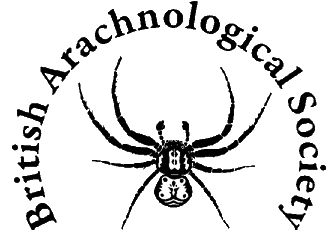Ticks and mites form the largest of all the arachnid groups. The majority are minute but despite their size they have the largest impact on humanity. This diverse group occurs in astronomical numbers yet we know very little about even a few of them. Those we do understand have been studied because of their effects on people, as parasites on domestic animals, our crops or us. They transmit diseases to our livestock and us. Others feed on crops, causing direct damage or making them unfit to eat. However, these harmful species represent only a small part of the group. Many are important in the breakdown of organic matter and the recycling of nutrients in leaf litter, humus and soil. Others are predators. All terrestrial and some aquatic ecosystems have mites at all trophic levels. No habitat is too extreme, be it a hot spring or the Arctic cold, mites can be found. Their importance has led to the development of a specialist science, Acarology, and consequently mites and ticks do not fall within the remit of this Society.
Mites and ticks have body forms that are extremely varied, suggesting to some that they may not be derived from a single ancestor. The body of most mites is not clearly and uniformly divided into prosoma and opisthosoma or even into segments. A further distinctive feature is the capitulum, a structure in the 'head' region that carries the mouthparts. Dorsally, the body wall extends forward, forming a rostrum. A preoral cavity is formed dorsally from an upper lip, the labrum, and ventrally and laterally from the large pedipalp coxae. Chelicerae and pedipalps vary considerably depending on their function and the biology of the species concerned. Adults and nymphs have four pairs of legs whilst the larva, which hatches from the egg, has three pairs (see also Ricinulei).
